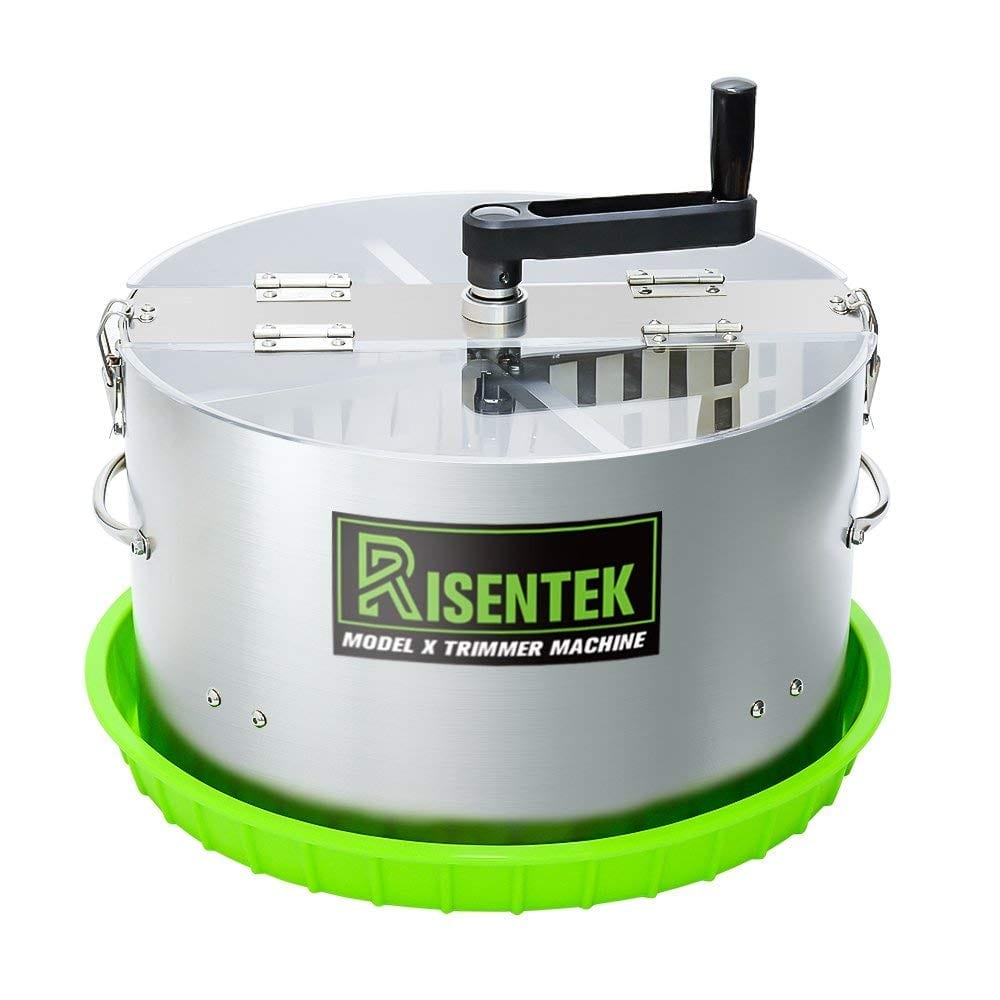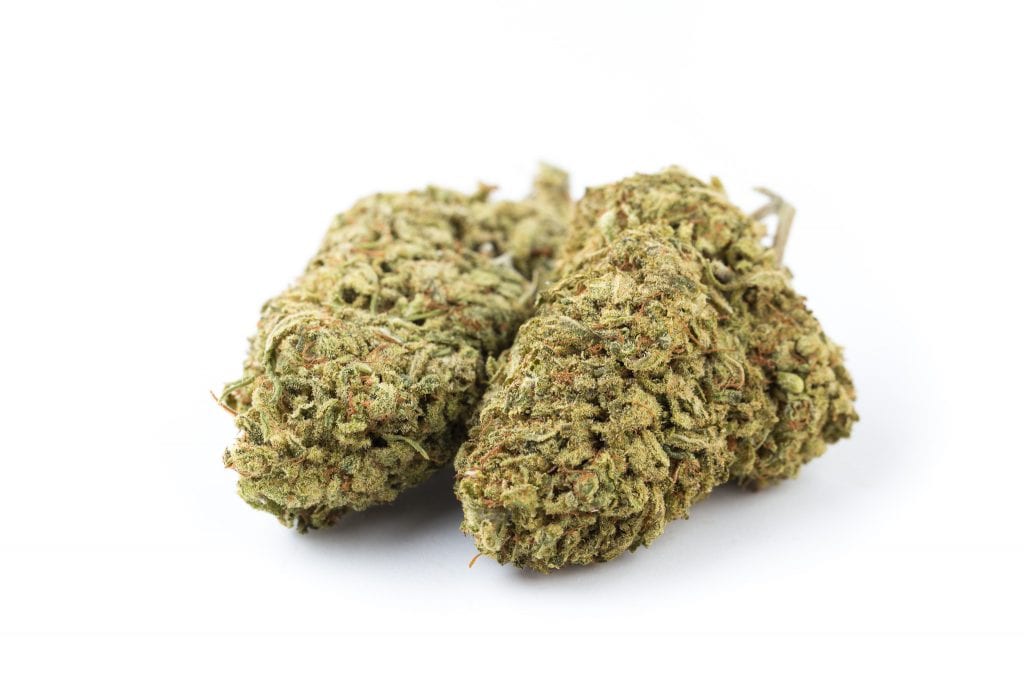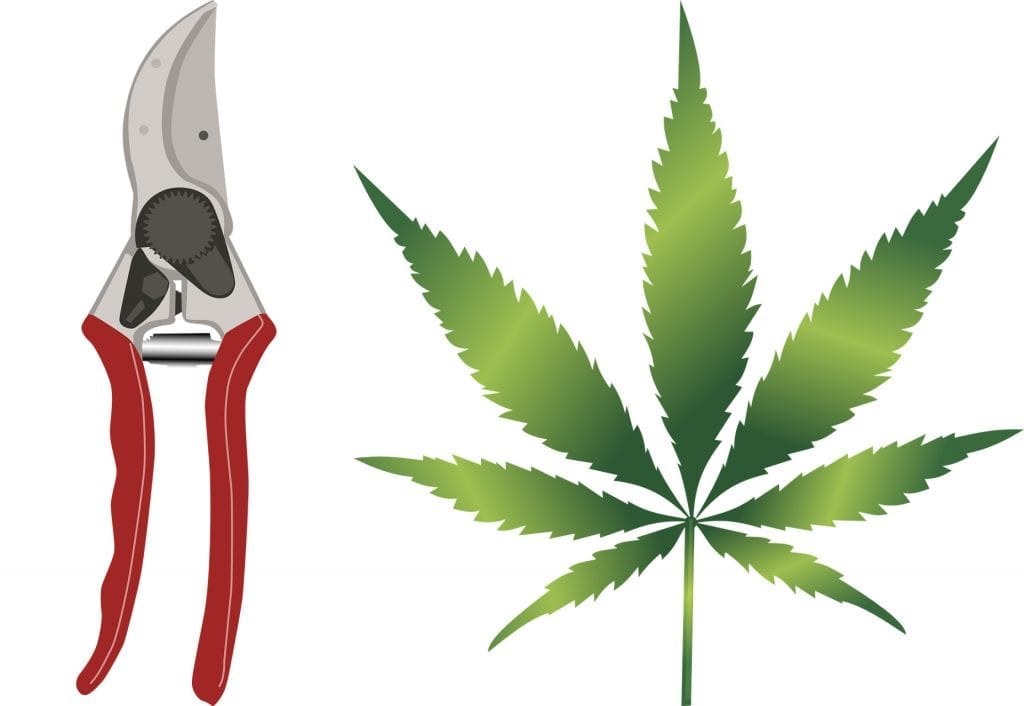Don’t you just hate it when your cannabis yield fails to live up to the mark? If you’re a cannabis grower whose buds are of less potency, then you have come to the right place. Big buds are crucial to achieving a high concentration of THC in the cannabis plant. This article will guide you on how to grow bigger buds outdoors.
With just the perfect combination of pruning, lighting, feeding, and training, you can achieve the biggest buds that you aim for. Keep reading to learn more about how to grow big buds.
Are you looking to grow bigger buds indoors? Check the article on growing heavy buds indoor.
How to Prune Your Buds?
Pruning the buds is one of the methods on how to make buds grow faster outdoors. As you probably know, nodes of the plant are where the cannabis buds start developing. Generally, the greater the nodes, the more buds your plant will produce.
However, this is not always the case. The location of the nodes is far greater in importance than the number of nodes. The lower nodes, the lesser the light they will receive.
How to make sure that your plant receives sufficient light?
A simple solution is to prune the buds and leaves that are not receiving sufficient light. This will ensure that the leftover buds at the canopy absorbs the most light, thus increasing the size of the buds. In simple words, it is a matter of quality rather than quantity, and the key to quality lies in trimming the excess.
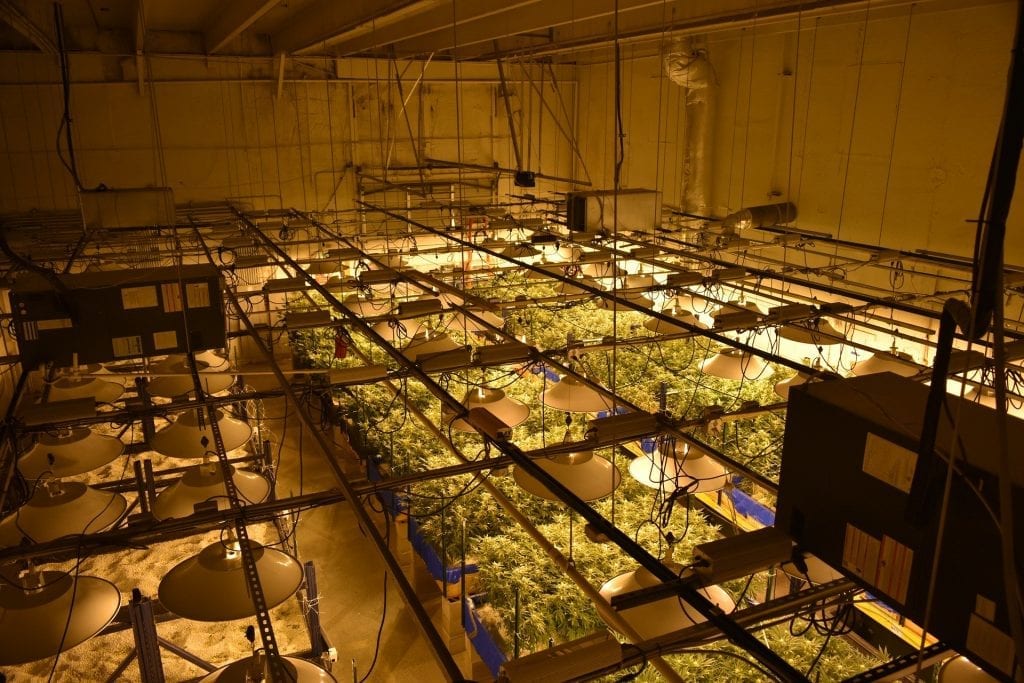
This type of pruning is usually also known as “lollipopping,” which is essentially the formation of a canopy. It helps light to be absorbed thoroughly by the buds at the top.
What is the Perfect Lighting to Grow Big Buds?
As mentioned in the section above, lighting is important for the buds to grow big. If you are growing cannabis indoors, you can choose between LED bulbs and Compact Fluorescent. However, bigger buds need more light. This is where HPS (High-Pressure Sodium) lights often come in, however LED grow lights are very good nowadays as well.
HPS lights are also the best for the budding phase. However, you need to take proper care of these lights and need good ventilation to avoid overheating. They are also comparatively expensive. Economically, LED grow lights are a better option.
What about outdoor plants?
Controlling the light is easy when you are growing indoors, but how do you manage to control the light when outdoors?
Since you cannot have control over sunlight, other factors need to be kept in mind. For starters, you need to ensure that all the plants are spaced in such a way that they do not overlap one another.
Generally, when you’re growing marijuana plants outdoors, you must have a space of at least one foot on all four sides. Just make sure no plant is sitting in the shade because of another.
As stated above, it is a matter of quality rather than quantity. This means it is better to have lesser plants that receive the maximum amount of light, instead of more plants that are crowded and do not receive enough sunlight.
Moreover, the sun comes out from one side and goes down from another. Thus, it is a good practice to grow your plants on a slope facing southwards. This will also ensure maximum sunlight for your cannabis plants.
Finally, yet importantly, the plants should not be near trees, fences, or any sources of shade that might restrict sunlight exposure.
Soil & Nutrients Needed to Make Buds Grow Faster Outdoors
Next is to ensure the right type and amount of soil and nutrients at different stages of growth. You cannot plant seeds just anywhere – you need to make sure that the soil contains a sufficient amount of nutrients. Hence, growing a marijuana plant in your backyard isn’t typically a good idea, because the soil isn’t very nutrient-rich.
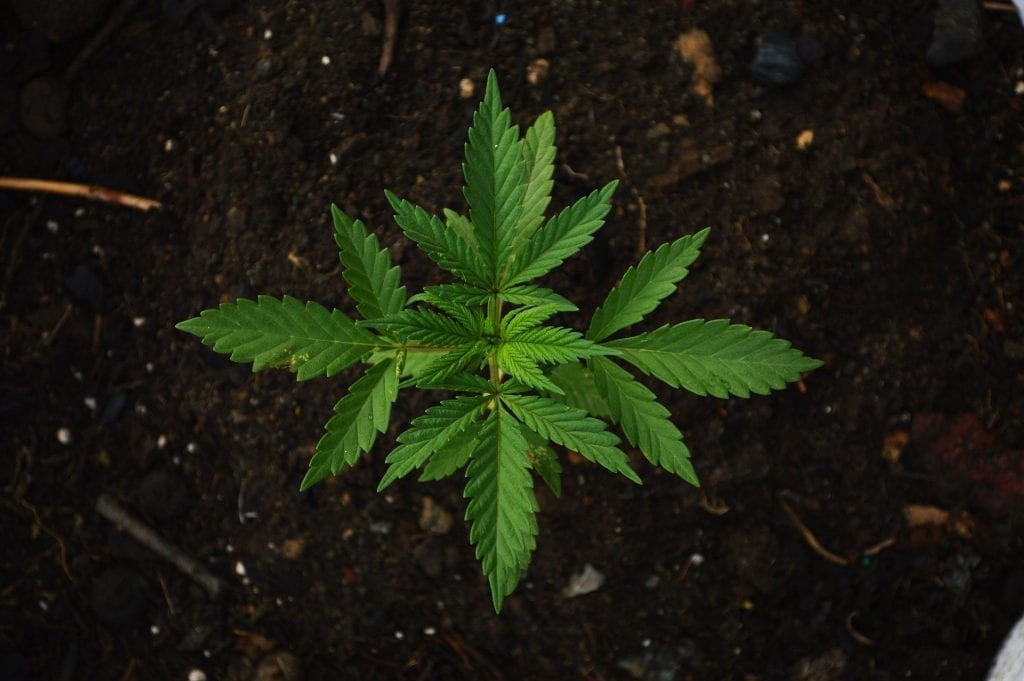
However, since growing cannabis plants in your backyard is convenient, you can change the dirt soil to real potting one. The soil must be rich in nutrients such as phosphorus, potassium, and nitrogen to attain sufficient plant growth.
Growth stages and nutrients
Besides this, the vegetative and flowering phases require different levels of nutrients. For instance:
- At the vegetative stage, nitrogen concentration has to be far more than that of potassium and phosphorus to grow big. The vegetative stage growth should be maximum as it affects the eventual yield.
- The quality of the plant develops at the flowering stage, i.e., when the buds start to grow. At this stage, the nitrogen levels are to decrease, while the phosphorus levels need to increase. This ensures bigger, denser, and juicier buds.
Potassium is crucial for a good photosynthesis process, which guarantees a strong and healthy plant. Potassium also helps promote denser buds for the marijuana plant. Thus, all three nutrients are important for bigger, healthier buds, but the concentration of each varies at different stages.
How to Grow Bigger Buds with Stress Training
When you grow cannabis outdoors, there is a high chance that the shape and size of the buds do not lead to a higher yield. One way to fix this and grow bigger buds outdoors is to stress train the plant.
Stress training is when you bend the branches down horizontally. The plant can be bent by tying it gently down to ensure an even level of the branches. This way, you can create even canopies, which receives equal sunlight without any hindrance from the surrounding ones. The key to stress training is to gently tie the stock down without damaging it.
Stress Training differs for outdoor and indoor growing and can be classified into Low-Stress Training (LST) and High-Stress Training (HST).
LST Vs. HST
Each of the two methods differ in a lot of ways. For example, the place where you are growing. However, LST is mostly for indoor, while HST for outdoor growing.
LST is very gentle on the plants and minimizes the risk of damage to a great extent. Rather than letting the leaves grow straight, they are bent softly so that they grow in a circular motion.
On the other hand, HST, as the name suggests, requires a more stressful or harsh bending of the leaves. Keep in mind – you must not perform HST in any other stage other than vegetative.
Climate & Timing
A temperature of 24 to 30 °C is suitable for growing bigger buds indoors, even when the lights are on. While a lower temperature of about 20° C is better when dark.
Humidity is also crucial for well-hydrated marijuana plants. However, too much humidity can cause fungal diseases. Thus, the humidity levels require close monitoring for different stages. For instance, the humidity level needs to be at 50% during the flowering phase.
What about outdoor plants?
Another way to make buds grow faster outdoors is to plant at a time of the year that is just right. Besides that, you should germinate seeds inside rather than outside since they are extremely delicate as new sprouts. Additionally, even small differences in temperature can damage and even kill cannabis plants.
The temperature and humidity levels vary for the three stages of growth:
- At the seedling, stage humidity should be about 65-70% and a temperature of about 20-25° C.
- The vegetative stage requires the humidity level to be between 40-70% and a temperature of about 22-28° C.
- Last but not least, the temperature for the flowering stage should be lower than in the preceding stages, ideally between 35-40%. Similarly, the temperature should also be lower, about 23-26° C.
Conclusion
To summarize, the above-listed tips and tricks are quite useful when you want to make buds grow faster outdoors. It’s a process that requires time, patience, and control of various factors to promote fast-growing marijuana plants. Pruning, lighting, the right type of soil, and nutrients, along with stress training and the timing, lead to healthier buds.
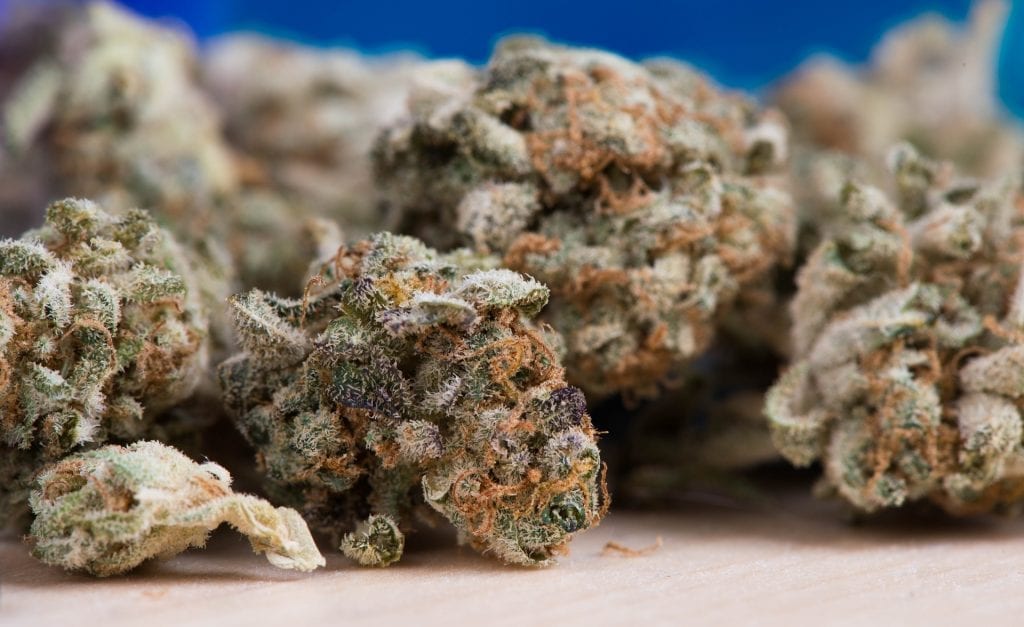
Not only that, but these also lead to more potent and juicier plants that contribute to a wholesome supply. Don’t fret if you cannot grow marijuana indoors under a controlled environment as this guide is apt for how to grow big buds. Growing outdoors is also quite easy if you make sure you follow these steps. Happy growing!
Table of contents



